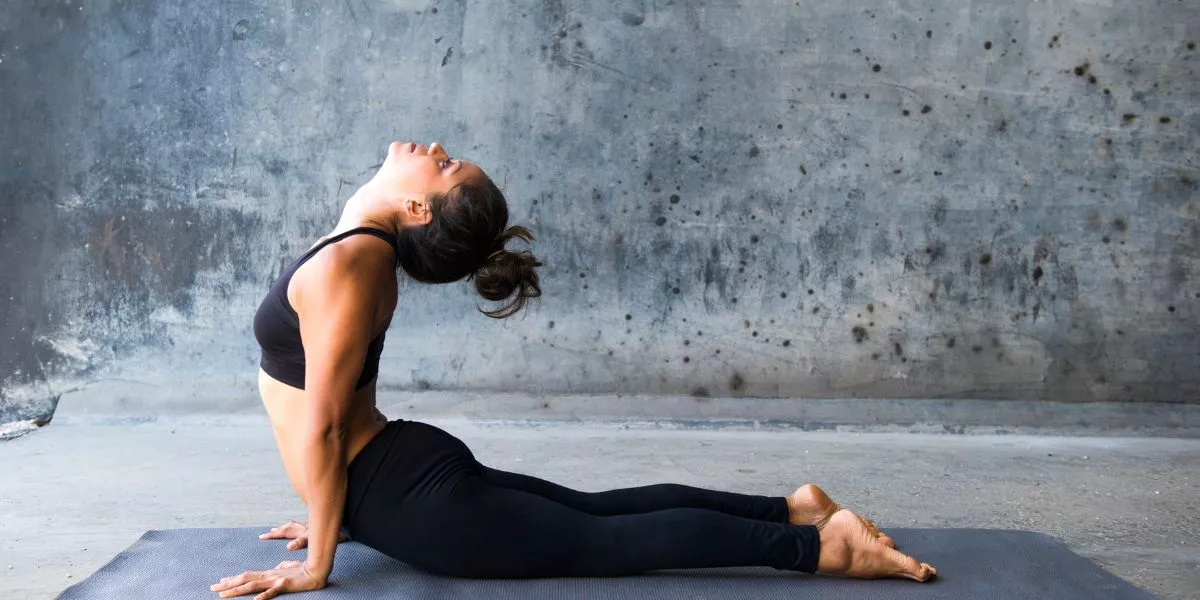
To begin your journey into yoga, understanding the significance of choosing the right style that resonates with your needs and aspirations is crucial. It sets the tone for your practice and can greatly impact your overall experience. Once you've found the style that speaks to you, creating a space conducive to your practice is essential. But there's more to it than just the physical setup. Stay tuned to discover the key elements that can make your yoga practice not just a routine, but a transformative experience.
Choosing the Right Yoga Style
Wondering which yoga style is best for you as a beginner? With various options available, it's important to understand the differences to find the one that suits your needs. Hatha yoga is a gentle introduction, focusing on basic poses and breathing techniques. If you prefer a more dynamic practice, Vinyasa might be your style, as it involves flowing sequences that sync movement with breath. For those seeking a slower-paced class that holds poses for longer durations, Yin yoga could be ideal, promoting deep stretching and relaxation.
If you're looking to build strength and challenge yourself, Ashtanga or Power yoga might be the right fit, incorporating vigorous sequences and a faster pace. Bikram yoga, practiced in a heated room, is great for detoxification and increased flexibility. Restorative yoga is perfect for relaxation and stress relief, using props to support the body in passive poses. Experiment with different styles to see what resonates with you the most, keeping in mind that preferences may change as you progress in your practice.
Setting Up Your Practice Space
To create an inviting practice space, ensure you have a quiet area with enough room for your yoga mat and any props you may need. Find a spot where you won't be easily distracted, allowing you to focus on your practice. Ideally, choose a space with natural light or good lighting to create a pleasant atmosphere. Make sure the area is well-ventilated to keep the air fresh during your practice.
Consider adding personal touches to your practice space, such as a plant, inspiring artwork, or calming colors, to enhance the ambiance and make it a place where you feel comfortable and motivated. Keep the area tidy and free from clutter to promote a sense of calm and organization during your practice. If possible, designate this space solely for your yoga practice to create a sense of ritual and routine.
Gathering Essential Yoga Props
When setting up your practice space, having the right yoga props can enhance your experience and support you in various poses and stretches. Essential yoga props for beginners include a yoga mat to provide cushioning and traction, creating a stable foundation for your practice. Additionally, yoga blocks are useful for modifying poses to accommodate different levels of flexibility or for providing support during certain stretches.
A yoga strap can help you reach and hold onto poses that may be challenging due to limited flexibility. It can also assist in maintaining proper alignment. Bolsters are great for restorative yoga practices, providing comfort and relaxation during gentle poses.
Consider investing in a yoga blanket to stay warm during relaxation poses or to support your body in seated positions. Lastly, having a yoga mat cleaner is essential for maintaining hygiene and cleanliness. By gathering these essential yoga props, you'll be better equipped to ease into your practice and explore various poses with confidence.
Starting With Basic Poses
Begin your yoga practice journey by mastering a few fundamental poses to build strength and flexibility.
Downward Facing Dog is a great pose to start with. Start on your hands and knees, then lift your hips up and back, forming an inverted V shape with your body. This pose stretches your hamstrings and shoulders while building upper body strength.
Warrior I is another foundational pose. Step one foot forward into a lunge position, keeping your back leg straight and strong. Raise your arms overhead, keeping your gaze forward. Warrior I helps improve balance and strengthens your legs.
Child's Pose is a resting pose that also stretches your back and shoulders. Kneel on the floor, then sit back on your heels while reaching your arms forward. Relax your forehead on the mat.
Lastly, Mountain Pose is a simple standing pose that focuses on alignment and grounding. Stand tall with your feet hip-width apart, arms by your sides, and gaze forward. These basic poses will lay a solid foundation for your yoga practice.




